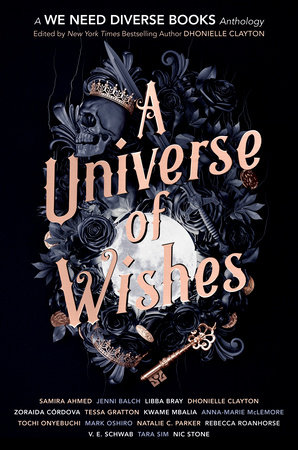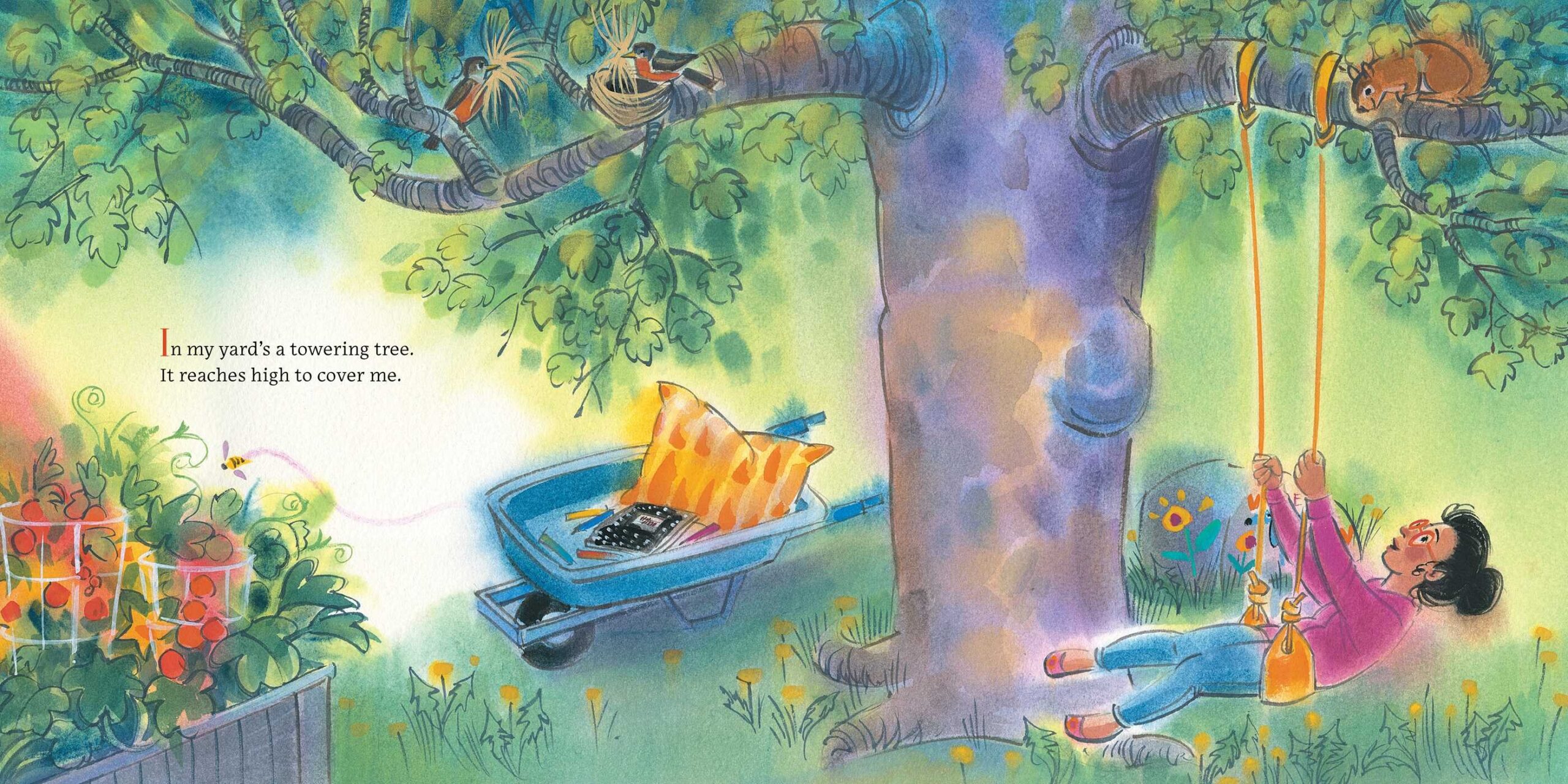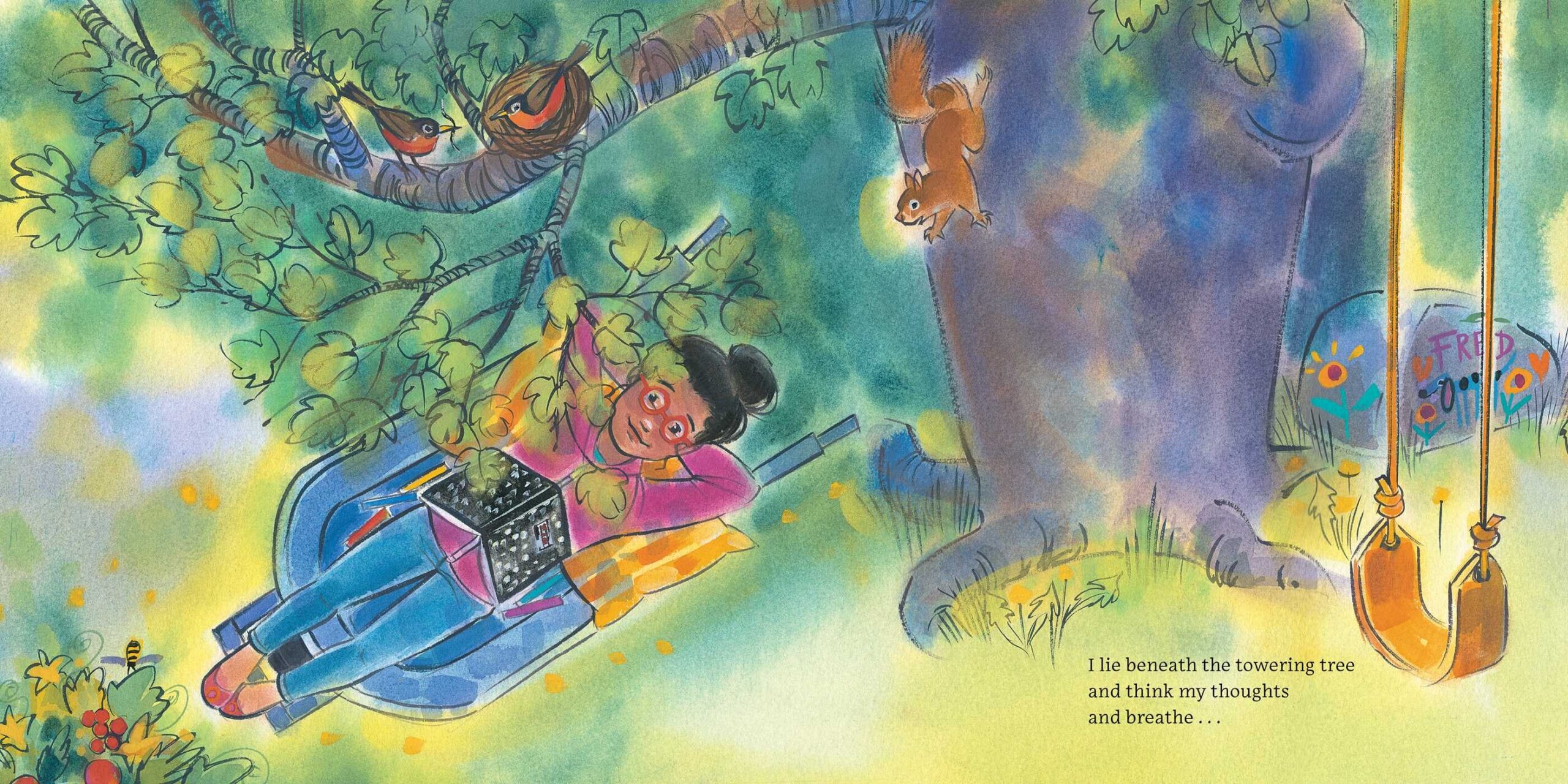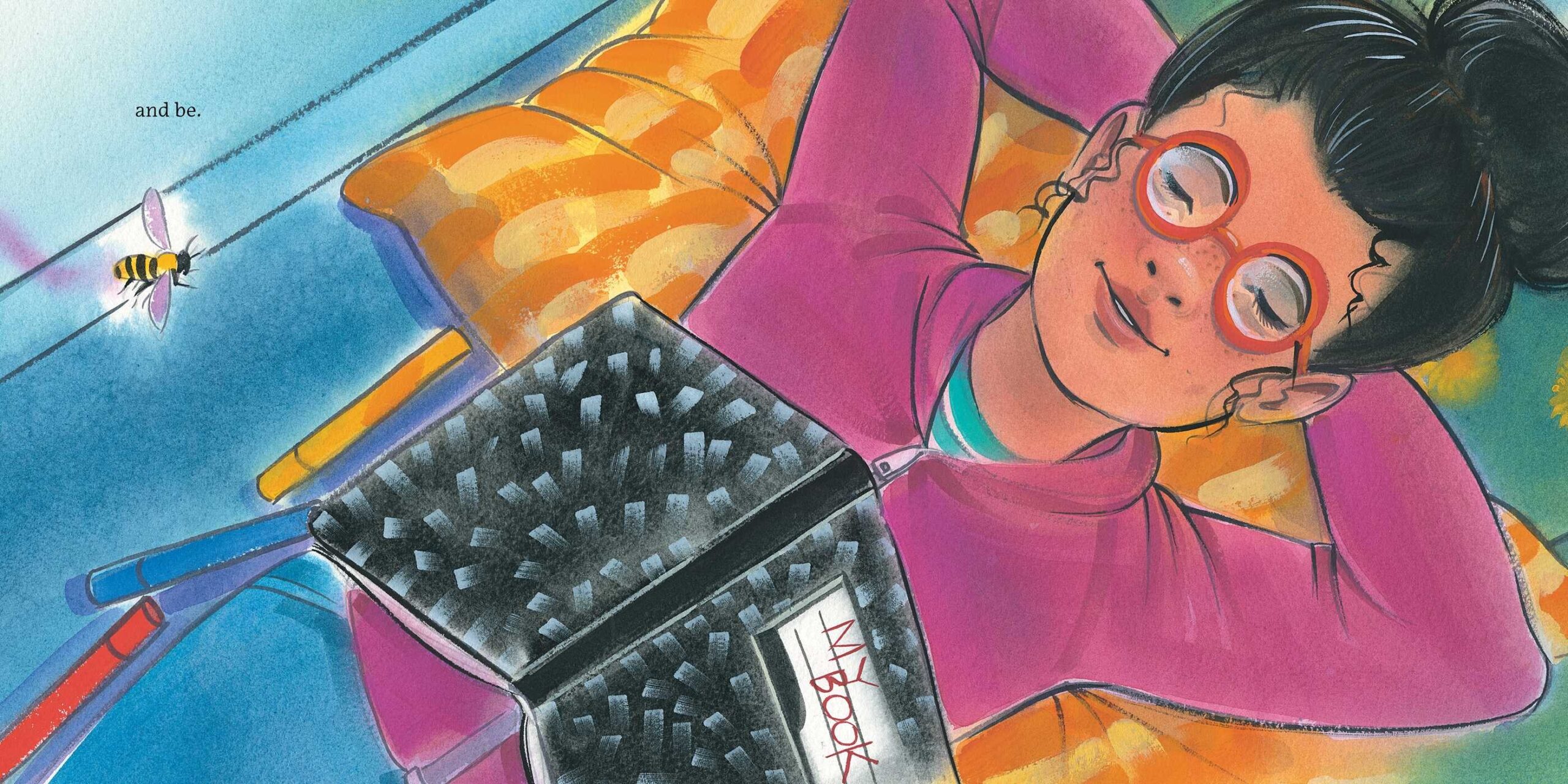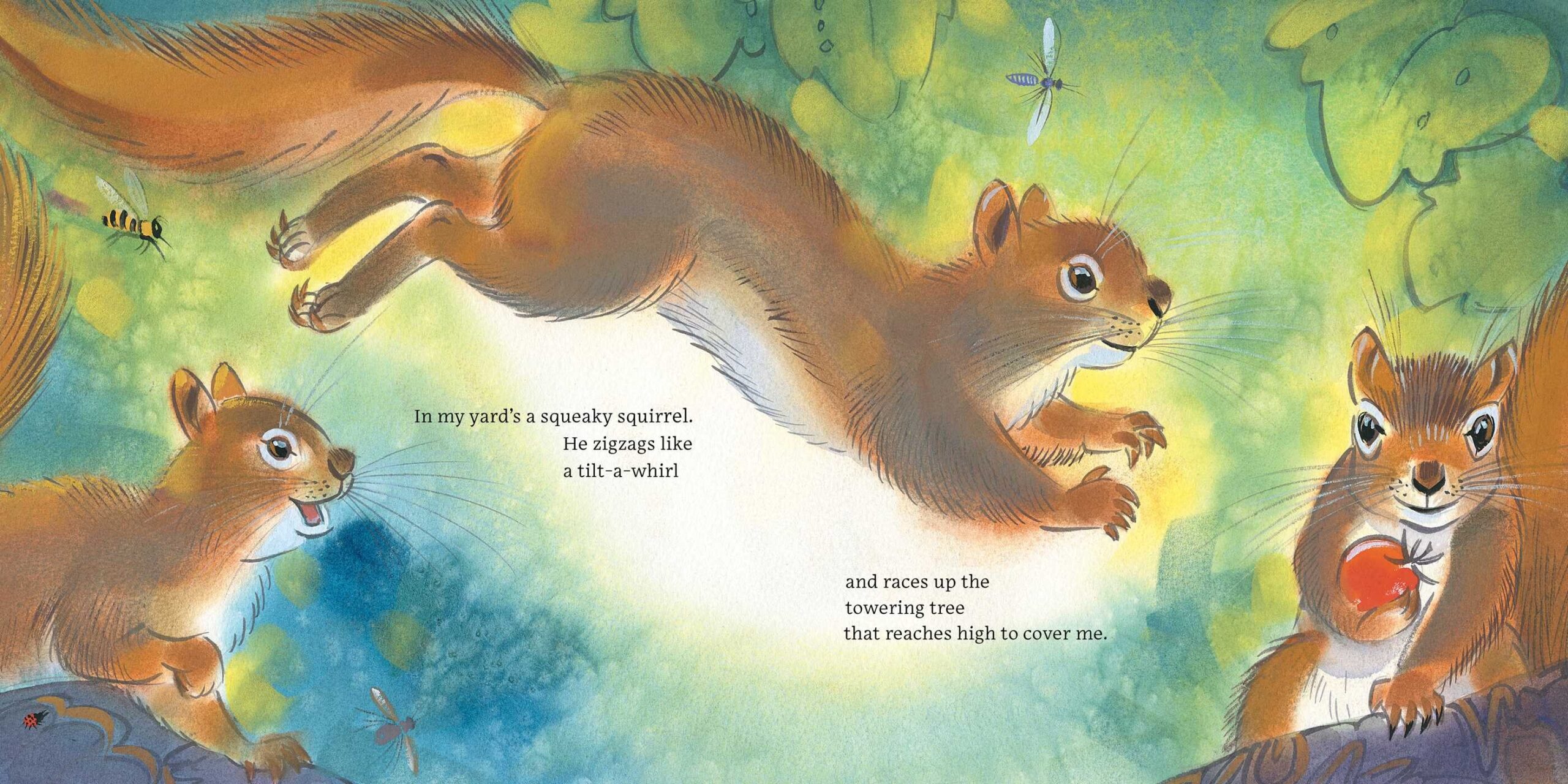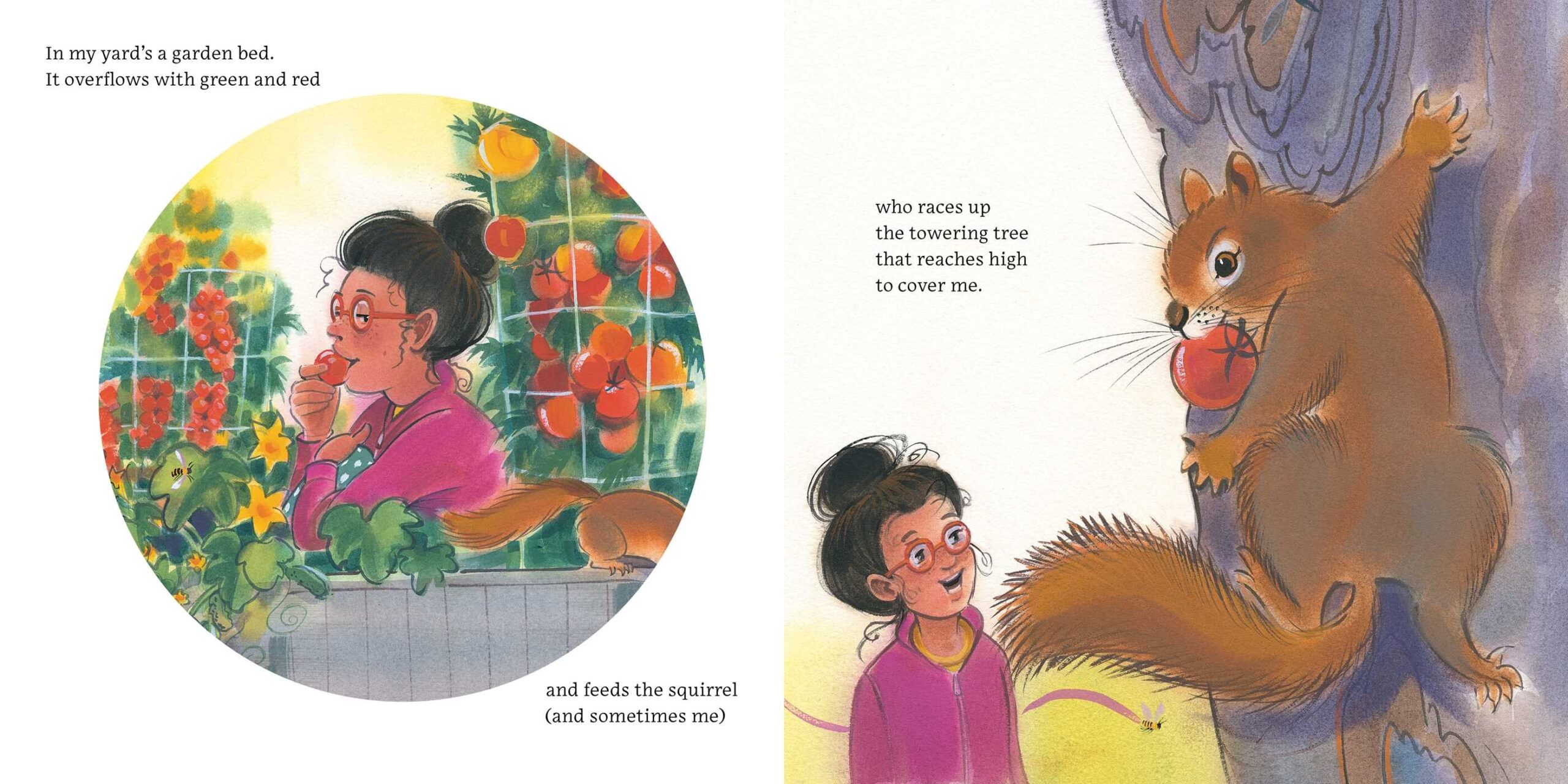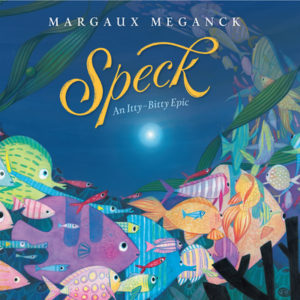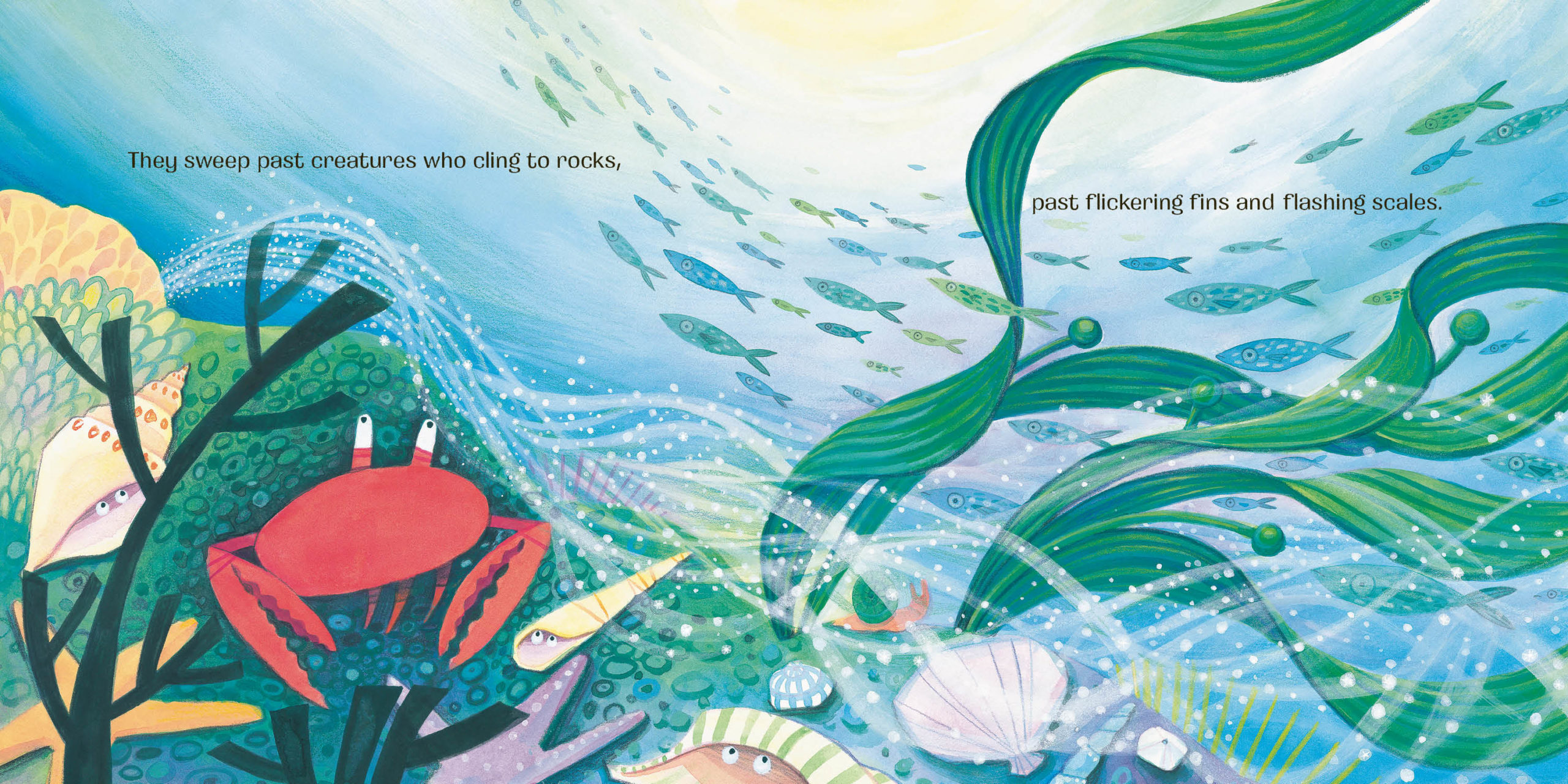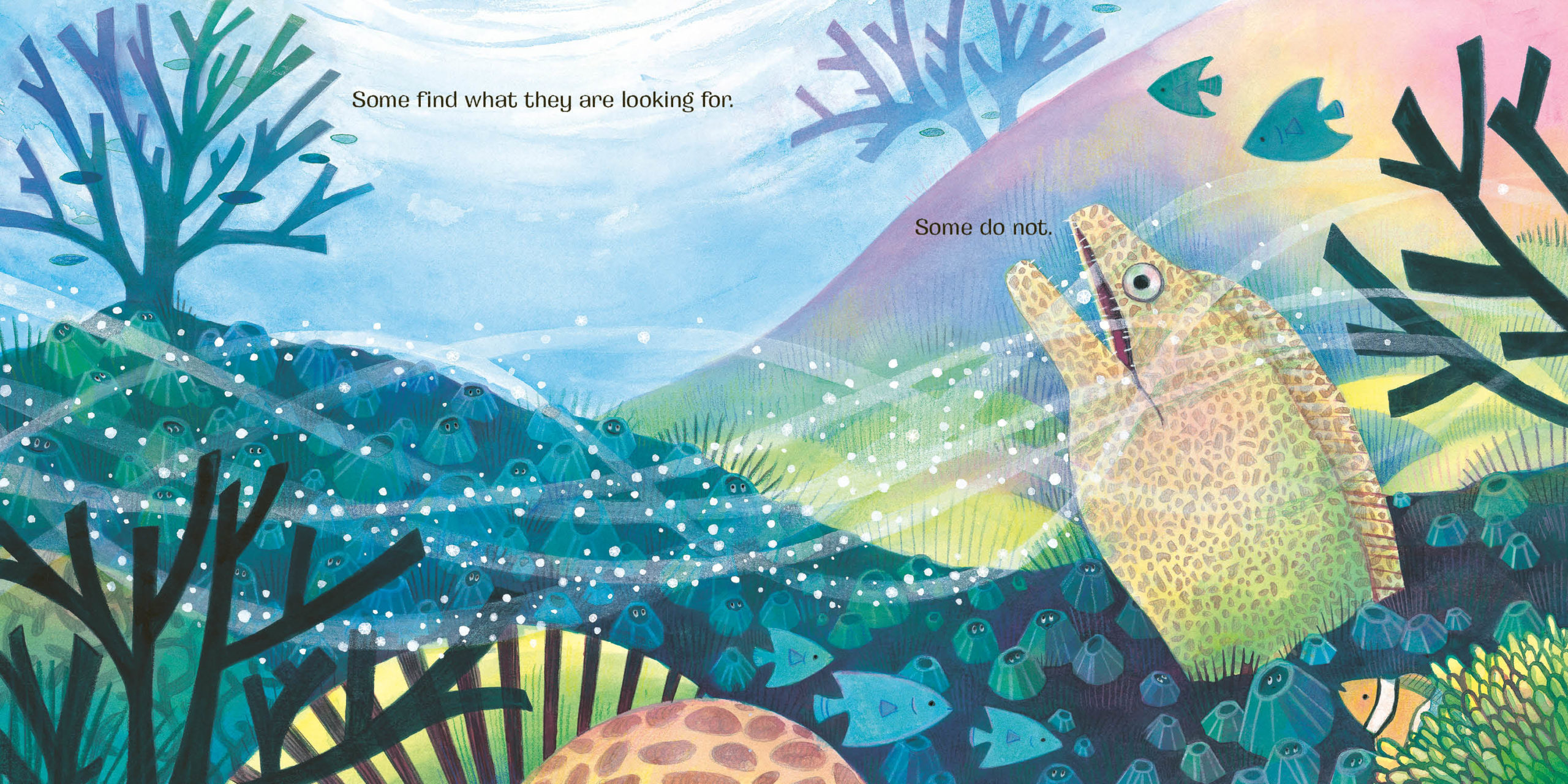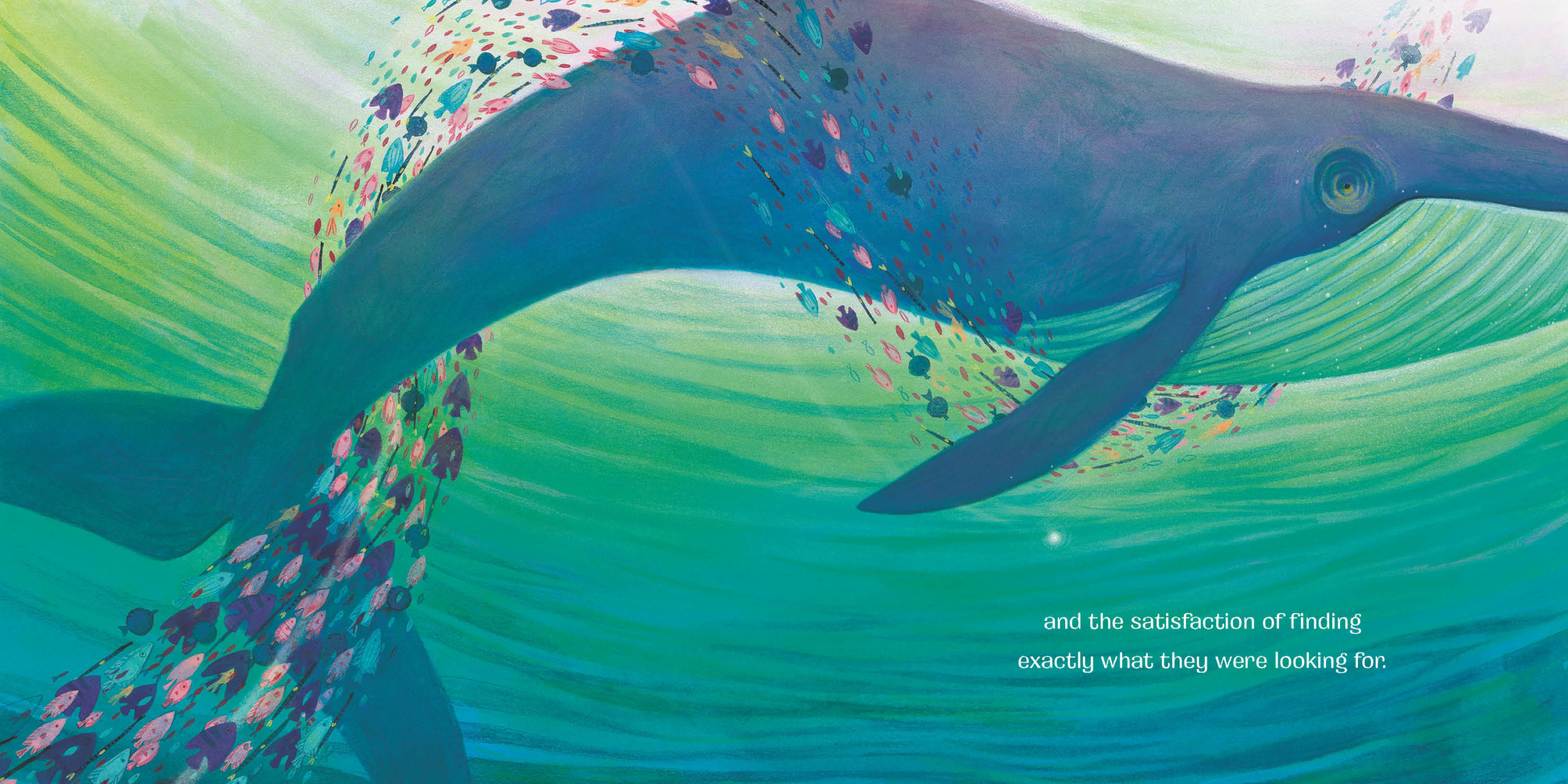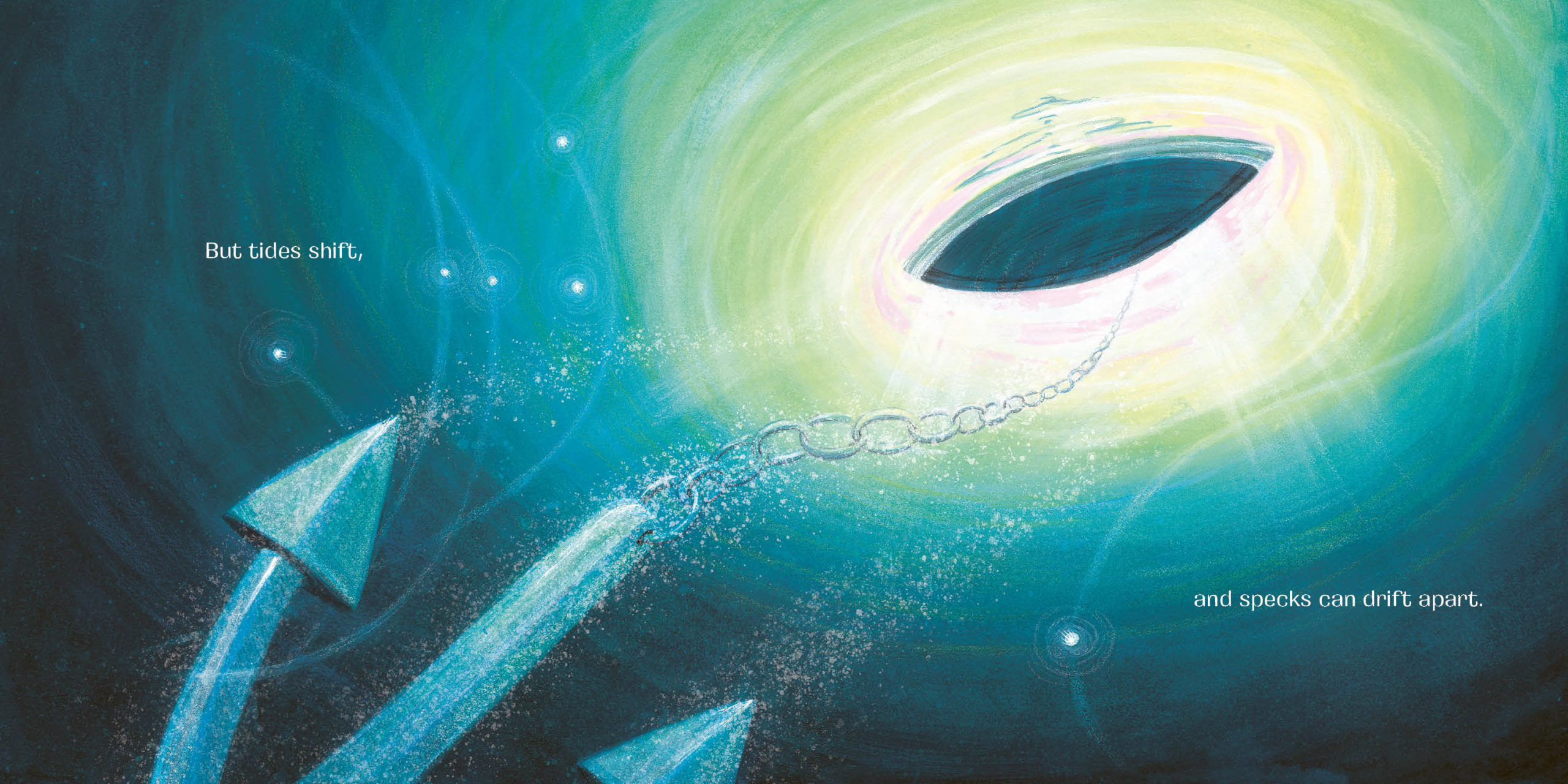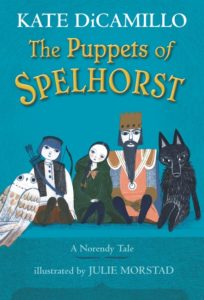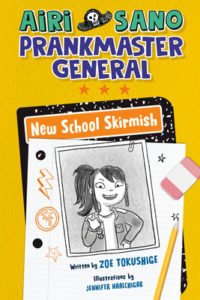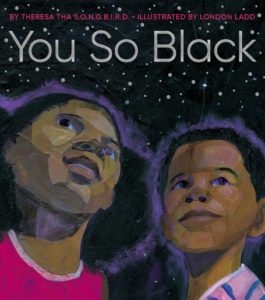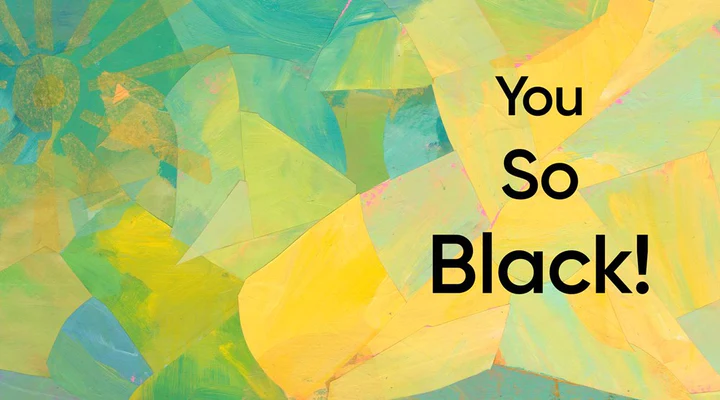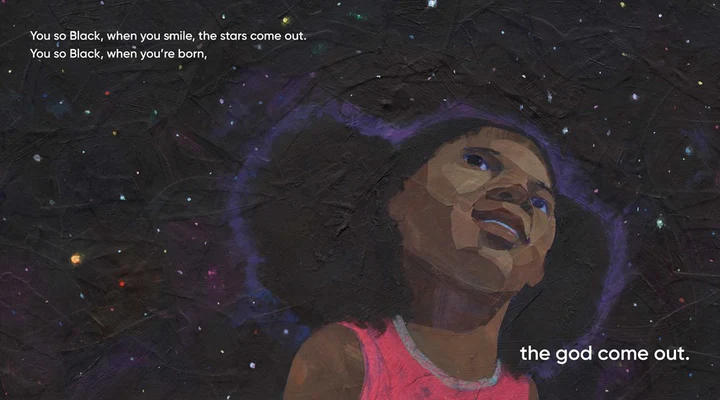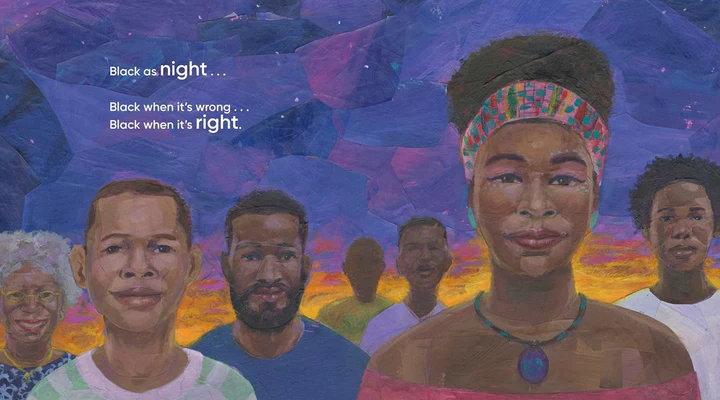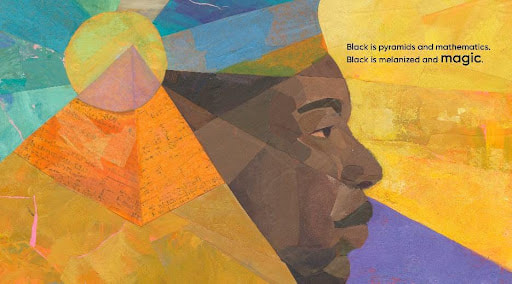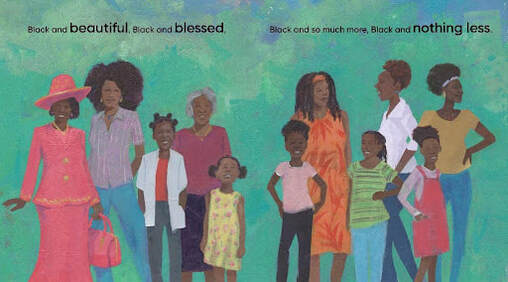“Using Fiction to Tell Your Truth”
“Write what you know.” We’ve all heard this advice, and likely your earliest writing assignments were personal narratives. Mine were. Now as a more experienced author, how can you write stories that are still authentic to you but utilize fictional characters and worlds? The answer is metaphor.
Since I discovered I was autistic six years ago, I’ve wanted to write a children’s book that captured my experience of trying to fit in a world not designed for me. I’ve always known I was different and struggled, but it took my child getting diagnosed through school to realize I fit the criteria, too. Finding out was life-changing and healing, but it also led me to discover how much work we still have to do to help the world understand autism. As a children’s book author, illustrator, teacher, and mom, I knew I needed to use my platform to help spread awareness. But how?
One day as I was chatting with an autistic illustration student and drawing bats in my sketchbook, I compared being autistic to being a bat in a classroom full of mice. The second I said it, I knew this was the book idea I’d been waiting for. “What if a bat tried to fit in at a school for mice?” I went straight to work writing Bitsy Bat, School Star.
Bats may look like mice, but their physiology and needs differ greatly. Additionally, they have traits common to autistics. For example, a bat’s eyes are sensitive to light and their ears are sensitive to sound. They flap when happy and prefer to eat a few specific foods. Moreover, they are misunderstood and need more love and understanding.
As I began working with my editor, Bitsy’s story evolved to include all sorts of nocturnal animals besides mice—a bunny, a porcupine, a fox, a mole, a raccoon, and a possum. Besides being a story about a little bat finding acceptance, we saw the potential for all children to feel seen. When Bitsy learns to share what makes her unique, she invites her classmates to do the same. The book ends with each child participating in a “Shine and Share” activity to celebrate everyone in the class.
Take a moment now to think about something that makes you uniquely you. This could be something about your background, your life experience, a disability, a unique talent, or any other aspect that is specific to you. Write a few sentences to describe what this is. Now brainstorm characters or circumstances that could mirror this story of your uniqueness.
During quarantine, many picture book authors wrote stories about a big storm. The storm was a metaphor for dangerous circumstances outside of our control. Forced to stay inside and shelter while the destruction was happening everywhere, we experienced fear and loss but grew closer as families and remained hopeful for brighter days ahead.
Metaphors offer safe places to experience big feelings in ways that are both more gentle and more impactful. We can go to extremes within the expanse and safety of fiction. Imagine if Max had moped around in his room for thirty pages instead of sailing to the island of monsters and living out a fantasy of being king of the Wild Things.
Don’t shy away from talking about your unique identity or struggles. Every time I’ve faced my fears and exposed a vulnerable part of myself, rather than being shamed or ridiculed, I’ve helped people who are like me in some way, just waiting for someone to break the silence so they knew they weren’t alone. Writing your truth will always resonate with readers. It helps heal others and yourself, too.
Try your hand at metaphor and tell stories that bring your authentic self to fiction.
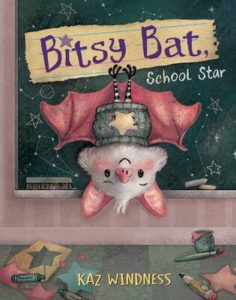
Published January 1st, 2023 by Simon & Schuster
About the Book: A little bat struggles to fit in only to learn to celebrate differences in this heartfelt picture book from an autistic perspective about starting school, making friends, and seeing what makes each person special.

About the Author: Kaz Windness is an author-illustrator who loves to make her readers laugh. When she’s not writing or illustrating books, Kaz teaches illustration at the Rocky Mountain College of Art + Design and enjoys making deep-dish pizza. Kaz lives in Denver, Colorado, with her husband, two children, and Boston terrier. She’s the author of picture books Swim, Jim! and Bitsy Bat, School Star. She also created the Level 1 Ready-to-Read Graphics Worm and Caterpillar Are Friends and the Level 1 Ready-to-Read Cat vs. Vac. Visit her at WindnessBooks.com.
Thank you, Kaz, for sharing your truth and pushing writers to share theirs too!

